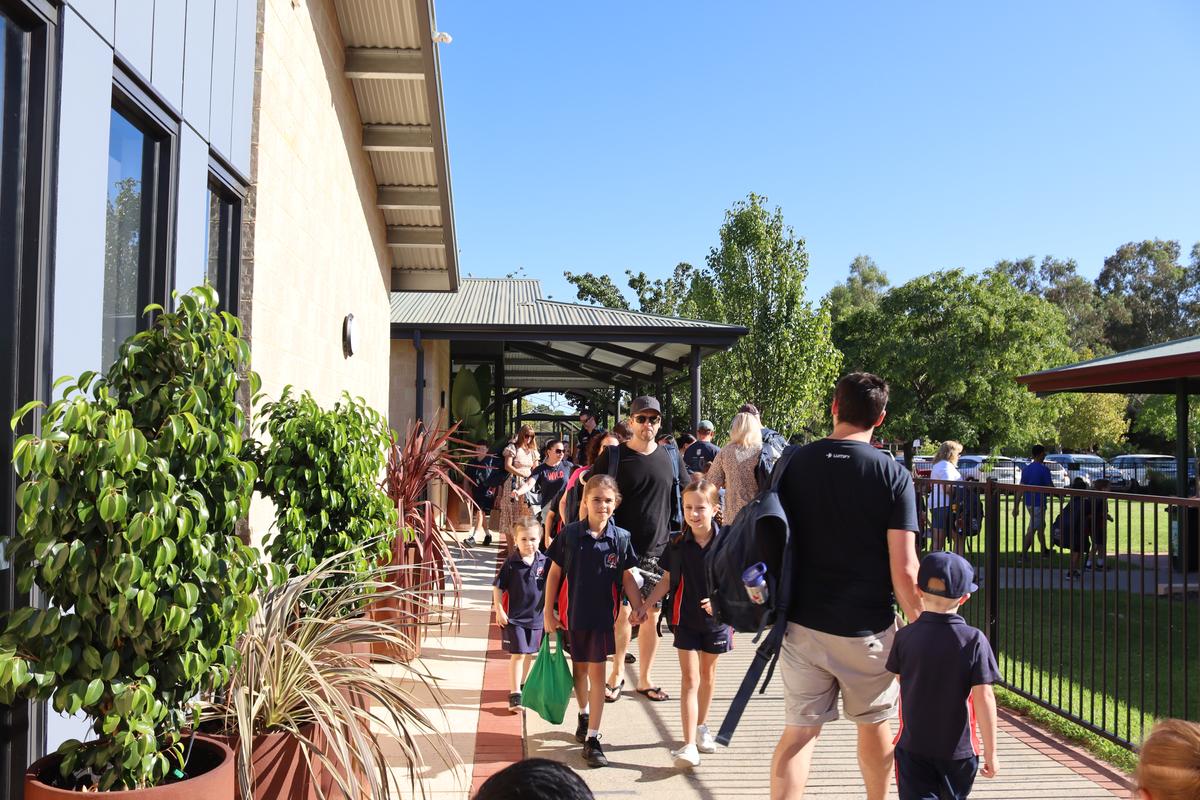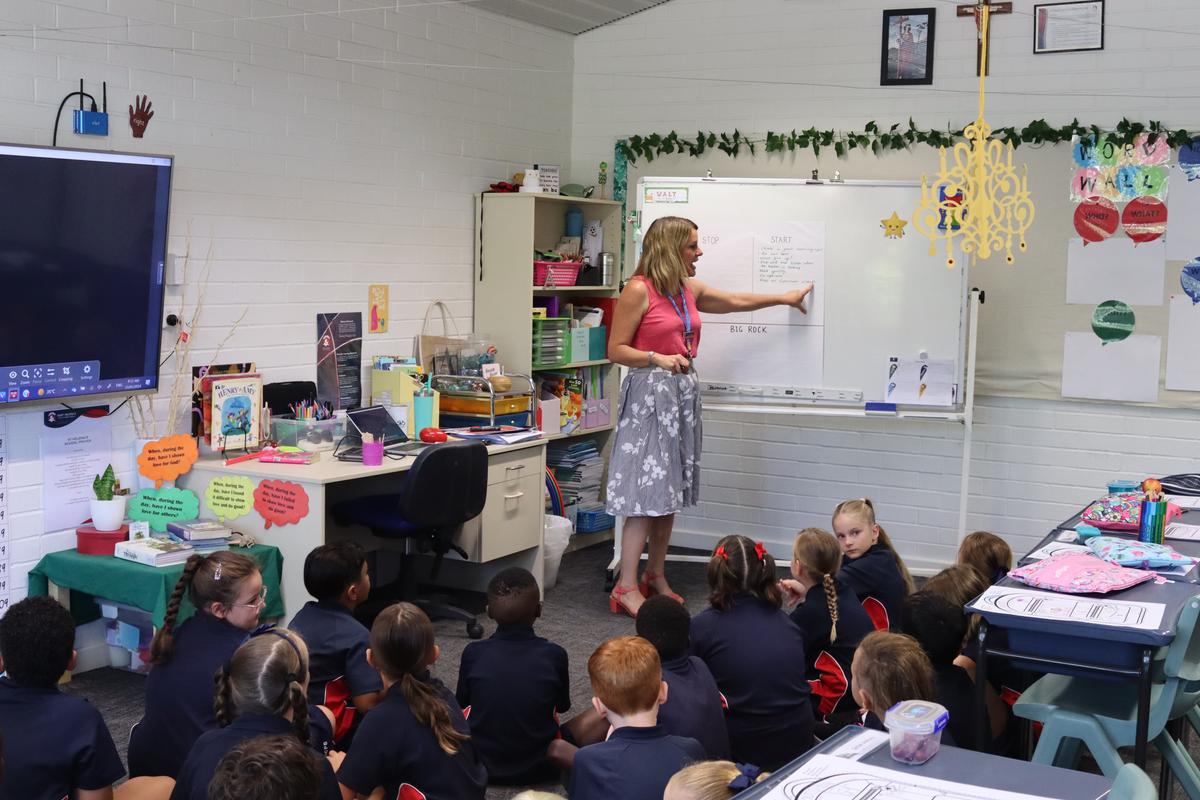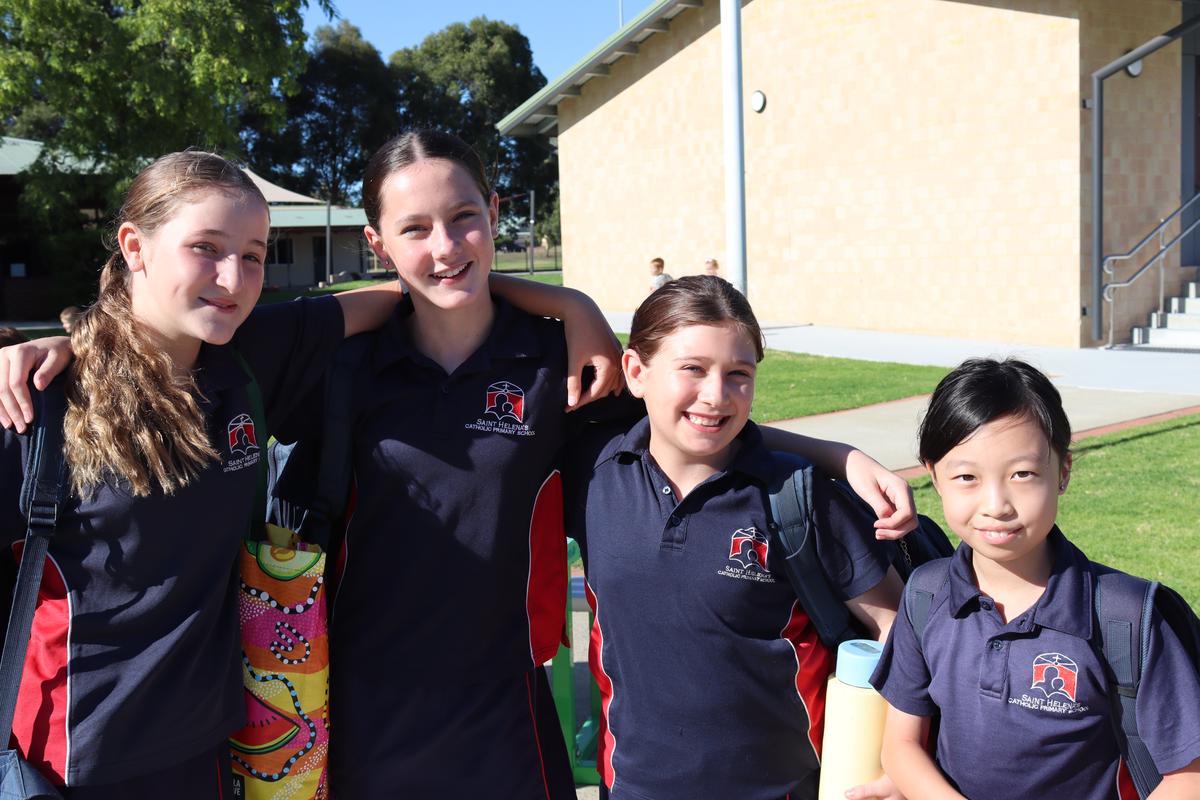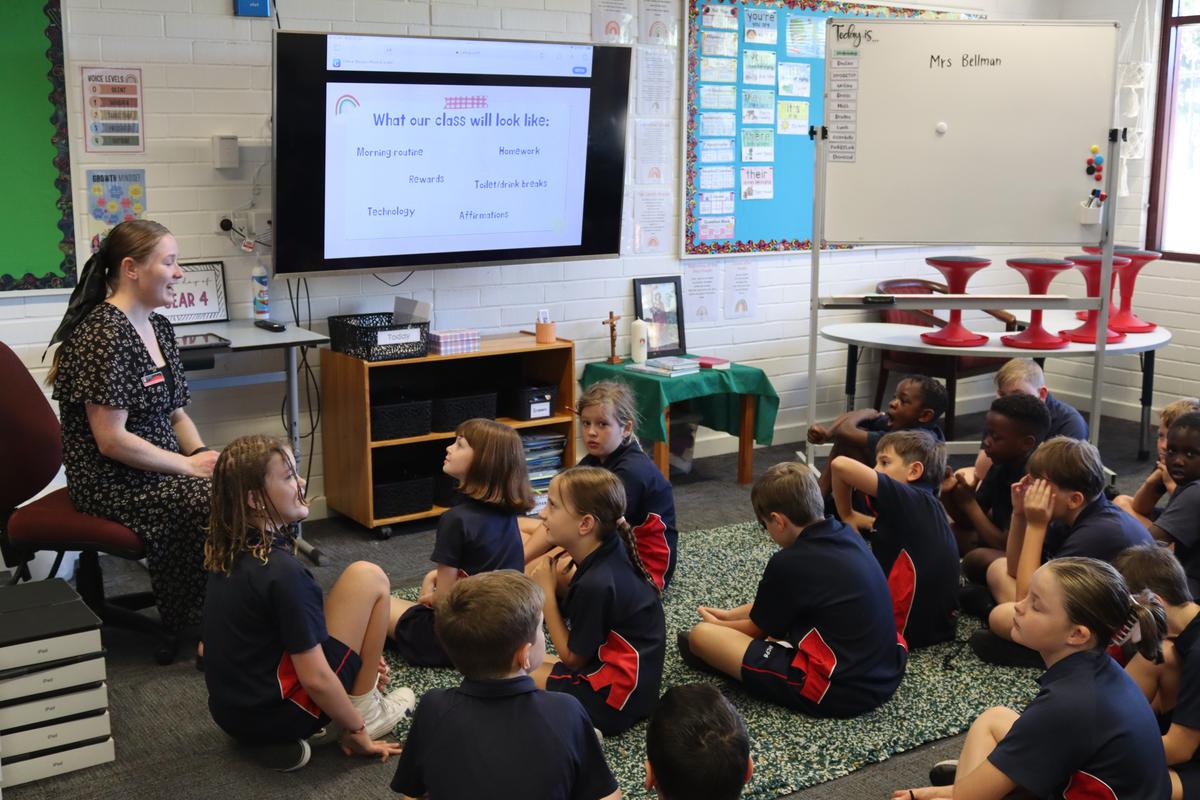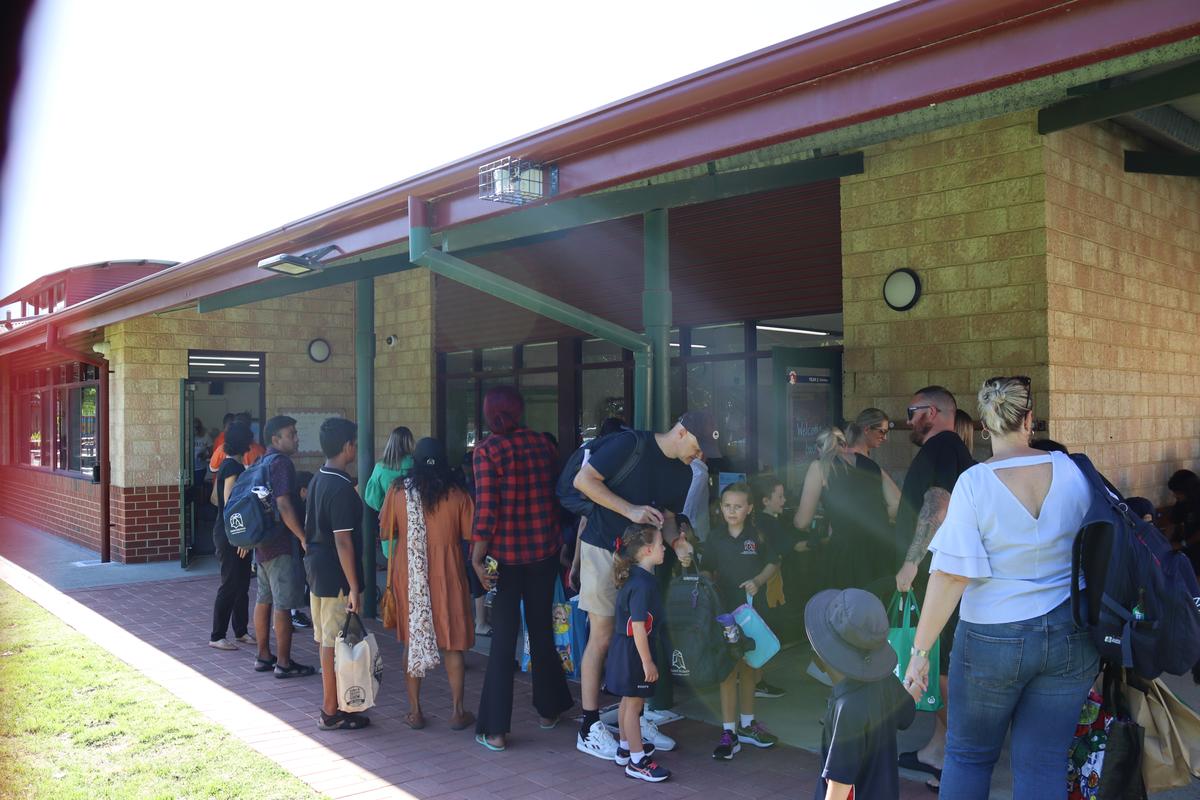Student Wellbeing

Building a Successful School Morning Routine:
Tips for a Smooth Start to the Year
Encourage a successful start to the school year by establishing a morning routine for your children. Plan ahead and accomplish tasks the night before to streamline mornings. Once you've crafted a routine, display for everyone to follow.
Ensure your child gets sufficient sleep, allowing sufficient time and positive attention to improve cooperation with the morning routine. A well-structured morning sets the stage for a day of learning and play at school.
See link below for more helpful tips.
Morning routine for school: practical tips | Raising Children Network
Starting back at school can include some big emotions, including difficulty saying good bye to Mum, Dad or caregivers at drop off.
Separation anxiety is a common developmental phase that many children experience during early childhood. It is a natural part of a child's emotional development and indicates their growing awareness of the world around them. While separation anxiety can be challenging for both parents and children, understanding its underlying causes and implementing effective strategies can help ease the transition for everyone involved.
Establishing Routines: Consistent routines provide a sense of predictability and security for children. Establishing a consistent drop-off routine can help ease anxiety as children know what to expect each day. By ensuring you arrive at school before the bell goes, your child can calmly set themselves up for a positive day ahead.
Positive Goodbyes: Make goodbyes a positive experience by creating a routine or special ritual during farewells. A hug, a special phrase, or a small item from home can reassure the child that the separation is temporary and that you will return. There are some really good picture books that can help with this including the Invisible String and The Kissing Hand.
Open Communication: Use age-appropriate language to explain to your child where you are going and when you will return. Reassure them that you will always come back and emphasise the reliability of your return.
Build Independence: Encourage your child to engage in independent play and activities. This helps them develop a sense of autonomy and self-assurance, making separations less daunting.
Positive Reinforcement: Acknowledge and praise your child's efforts to cope with separation. Positive reinforcement can boost their confidence and help them associate separations with positive experiences.
Naming the Emotion: Recognising that saying goodbye can be tough, and it is a normal human experience to feel sad, scared, worried or upset when we are experiencing something new can give your child to skills to be in tune with their own body. By reassuring them that these feelings are temporary, and that you also feel them your child can begin to tame and recognise uncomfortable emotions.
If you are having trouble with your child saying goodbye, please arrange a meeting with your class teacher and rest assured they will get used to the process.

